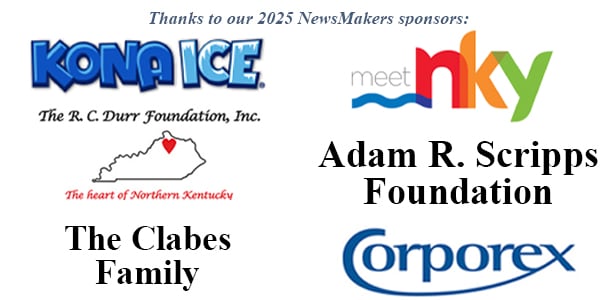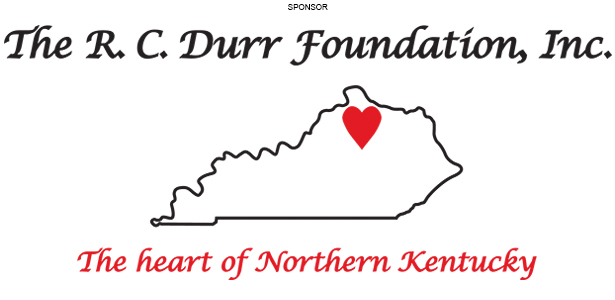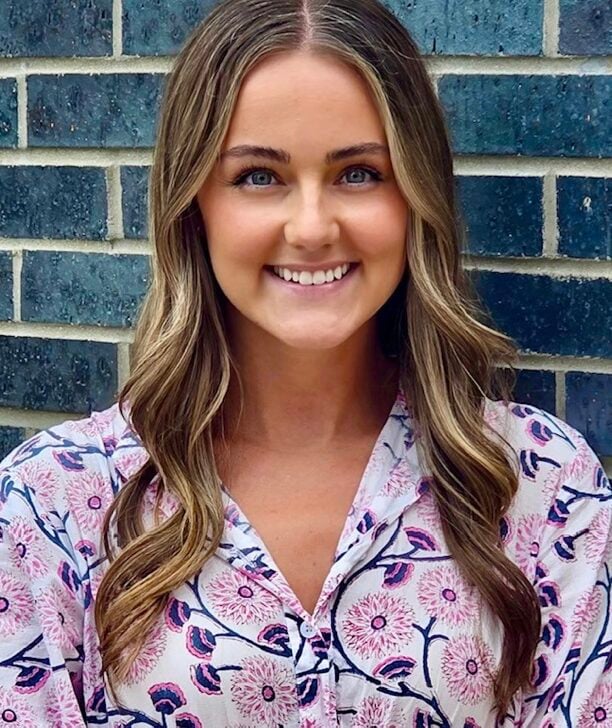Audiences everywhere — in school gyms that smell of sneakers and sweat; outdoors, swatting mosquitos, in summer stock productions; nestled in plush upholstered seats at glittery arts centers, or shifting restlessly in flimsy folding chairs – flock to performances of Thornton Wilder’s “Our Town.”
Even after eighty-seven years, the Pulitzer Prize-winning drama brings people of all ages and backgrounds together, drawing them in with stories of a small New England town that resonate with viewers urban and rural, at home and around the world.
The last time Murray’s Playhouse in the Park produced “Our Town,” was the 1988 season. Former executive director of the Playhouse, Liz Bussey Fentress, remembers that it kicked off the new season.
“We liked to open with a play that had name recognition,” she said. “Season ticket sales were going on, and we hoped an old favorite would attract more season ticket buyers.”
In that same “Our Town” production, Catie Bates Robinson played the role of Rebecca. “It was in the old depot, before we had air conditioning,” she remembered.
Just ten at the time, Catie could still recall her speech at the end of Act I. Her character was speaking to her big brother, George, about a letter a friend got when she was sick.
“The address was like this,” Rebecca recalled. “It said Jane Crofut; The Crofut Farm; Grover’s Corners; Sutton County; New Hampshire; United States of America…the United States of America; Continent of North America; Western Hemisphere; the Earth; the Solar System; the Universe; the Mind of God.”
The Becky character was not only impressed that the writer could fit all that verbiage onto the envelope, she was stunned the letter was actually delivered.
“The postman brought it just the same,” she marveled.
At a recent rehearsal of Playhouse in the Park’s upcoming production of “Our Town” (August 15 – 17 and August 22-24), the Becky character infused those lines with the same awe.
Sponsors of the Murray production are Terry and Judi Little, a local couple beloved for their community spirit, unceasing creativity, and vibrant volunteerism. They chose to back the play because they appreciated the wisdom of the “old chestnut,” as Terry described it.
“I’ve seen it four or five times,” he said, “And I continue to be fascinated by the play and the ways it depicts life, love, death, and afterlife.”

When the Littles decided to sponsor the show, they did not know that Terry would be a hospice patient by the time it was performed at the local theatre. “We didn’t know how close we were to the heart of ‘Our Town’ and its themes,” Terry remarked two days before he died on July 26.
Likely, he was referring to the final act, set in the Grover’s Corners cemetery. “It goes so fast,” the character, Emily, declares. “We don’t have time to look at one another. I didn’t realize,” she admits as she looks back on her life, “All that was going on and we never noticed.”
According to Terry and Judi Little, “We are grateful that “Our Town” came back into our lives when it did. It made a difference to us, and we hope it makes a difference to audiences at Playhouse in the Park.”
Some years back, Liz Bussey Fentress, former Playhouse in the Park executive director, was part of a company that produced the play in Louisville’s Actors Theatre. The staging required the whole company of actors – more than 20 of them – to sit on stage for the entire play, even when they had no lines.
“I discovered something new and different every time,” she explained. After the run was over, some of the cast started a tradition of getting together on Sundays for a potluck meal and a reading of “Our Town.”
“We called it ‘Our Town’ Church,” she said.
An online article from the American Theatre organization explains how readings of “Our Town” are mounted in communities facing challenges and change. Ticket information and exact showtimes for the Murray performances are available online.
Constance Alexander is an award-winning columnist, poet, playwright, and president of INTEXCommunications in Murray.






















